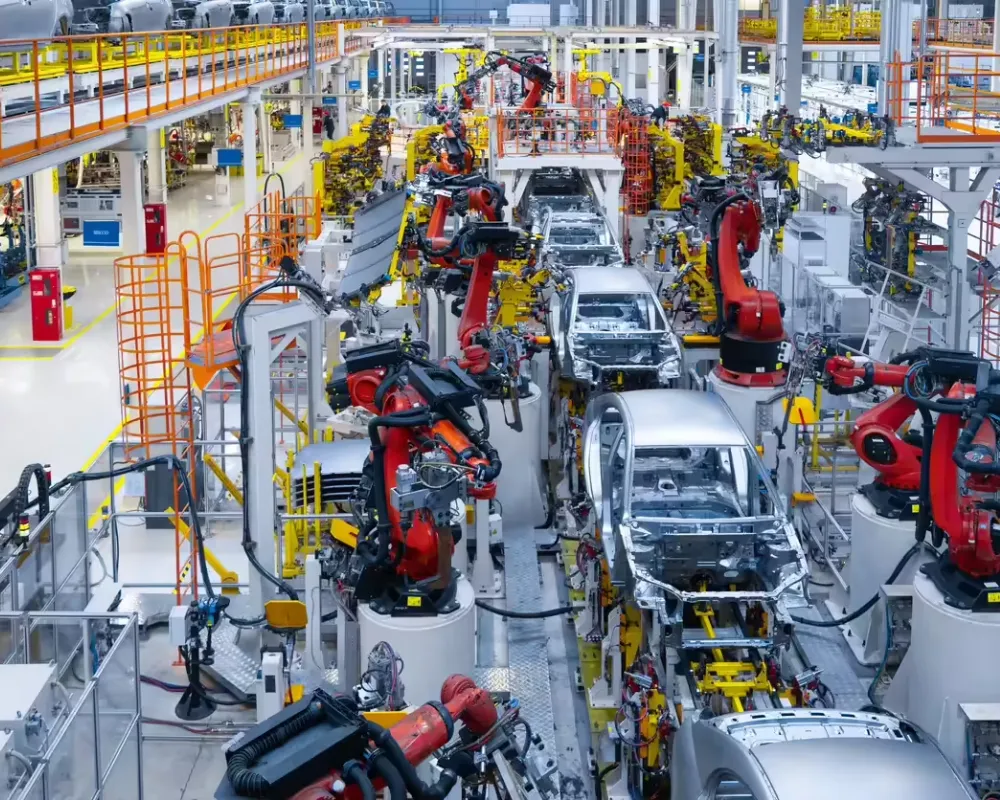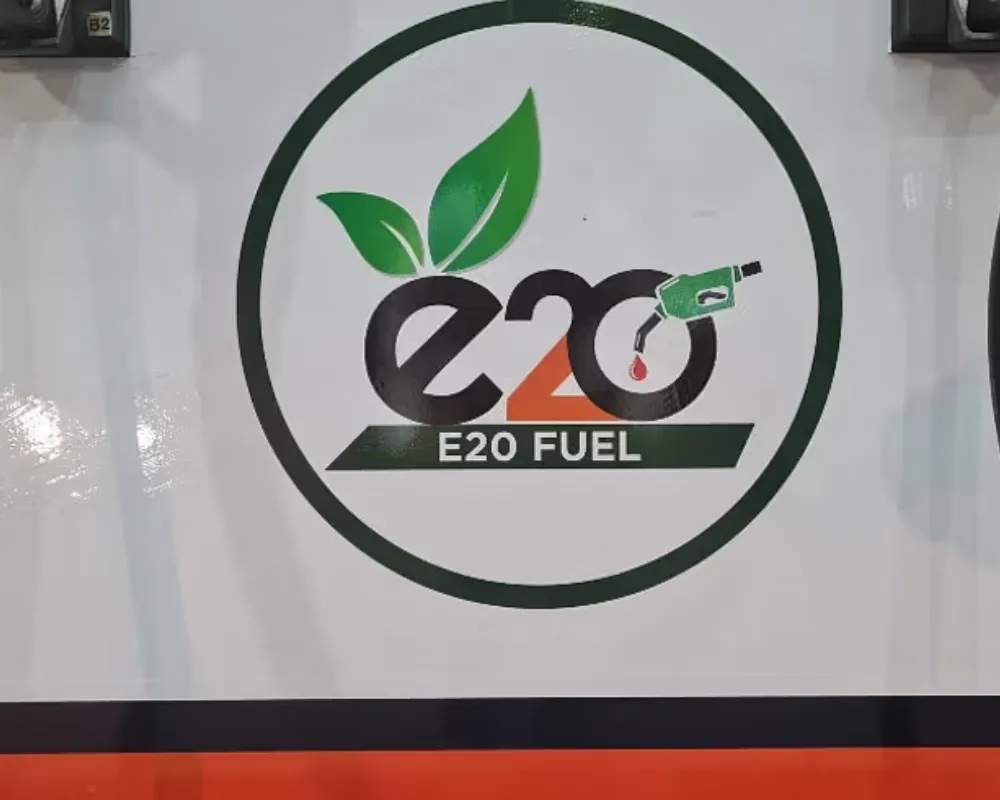In its ambitious push for energy independence and a greener future, the Indian government has accelerated its ethanol blending program, making E20 fuel (a blend of 20% ethanol and 80% petrol) the new standard across the nation. The move is a cornerstone of India’s commitment to reduce its import bill, cut down on greenhouse gas emissions, and empower its farmers. However, as the fuel has become widespread, a growing number of Indian citizens, particularly owners of older vehicles, have voiced serious concerns, claiming that E20 is turning out to be a "disaster" for their vehicles and wallets. This article examines the on-ground reality, contrasting the government’s promises with the challenges faced by the average motorist.
The Government's Stance: Benefits Outweigh the Risks
The Ministry of Petroleum and Natural Gas has been quick to counter what it calls "fear-mongering" and a "false narrative" on social media. The government's position, backed by research from agencies like ARAI and SIAM, is that E20 is a net positive. It has highlighted several key benefits:
- Environmental Gains: A study by NITI Aayog found that E20 reduces greenhouse gas emissions by up to 65% compared to pure petrol, aligning with India's climate goals.
- Economic Advantage: Ethanol blending is expected to save the country over ₹40,000 crore in foreign exchange this year alone, drastically cutting the crude oil import bill.
- Rural Empowerment: The program funnels a significant amount of money directly to farmers as payment for ethanol feedstocks like sugarcane and maize, creating a new source of income and reducing agricultural distress.
- Improved Performance: The ministry claims that ethanol's higher octane rating (108.5 vs. petrol's 84.4) leads to better acceleration and anti-knocking properties in modern, E20-compatible engines.
The Ground Reality: Mileage Drop and Engine Concerns
Despite the official assurances, a large section of the public remains unconvinced. Anecdotal evidence from car and bike owners, particularly on social media, paints a different picture. The most common complaints center on two key issues:
- Drastic Drop in Mileage: While the government acknowledges a "marginal" drop in fuel efficiency, with an ARAI-certified dip of 1-6%, many users are reporting a much more significant decline of up to 20% in real-world conditions. This is primarily due to ethanol's lower energy density compared to petrol. For the average commuter, this translates into higher running costs despite E20 being a seemingly cheaper option at the pump.
- Engine and Component Wear: For vehicles manufactured before 2023, which were designed for lower ethanol blends, the use of E20 poses a serious risk. Ethanol is hygroscopic (it absorbs moisture) and more corrosive than petrol. Over time, it can degrade rubber and plastic components in the fuel system, such as seals, gaskets, and fuel lines. The government admits that some older vehicles may require the replacement of these parts after 20,000-30,000 km, an added maintenance cost for owners.
Navigating the Road Ahead: What are the Solutions?
For many, the problem of E20 is a matter of compatibility. Car manufacturers have been proactive in launching new E20-compliant models, which are designed to handle the higher ethanol blend without any issues. However, the vast fleet of older vehicles on Indian roads is at risk.
- Retrofit Kits: Some automakers, like Maruti Suzuki, have announced plans to sell retrofit kits for older vehicles to make them E20-compliant. These kits, which can cost between ₹4,000 and ₹6,000, are a potential solution to mitigate long-term damage.
- E0 Alternatives: In response to the growing concerns, a segment of the public is seeking ethanol-free fuel. Currently, only 100-octane petrol (like XP100) is confirmed to be ethanol-free, but it is prohibitively expensive for most consumers.
The government maintains that the concerns are largely a result of "misinformation" and that the benefits of E20 far outweigh any temporary inconveniences. It also clarifies that using E20 will not void a vehicle’s insurance policy.
Conclusion: E20 fuel represents a classic dilemma of progress versus practicality. While it is a necessary and globally accepted step towards a more sustainable and economically secure future for India, its rushed implementation has left a significant portion of the population facing real-world challenges. For owners of new, E20-compliant vehicles, the transition has been seamless, with potential performance benefits. For the millions with older vehicles, however, the new fuel presents a complex mix of lower mileage, higher maintenance costs, and anxiety over long-term engine health. The success of the E20 program will ultimately depend on how effectively the government and the automotive industry address these on-ground concerns and provide viable, affordable solutions for all.







Leave a Reply